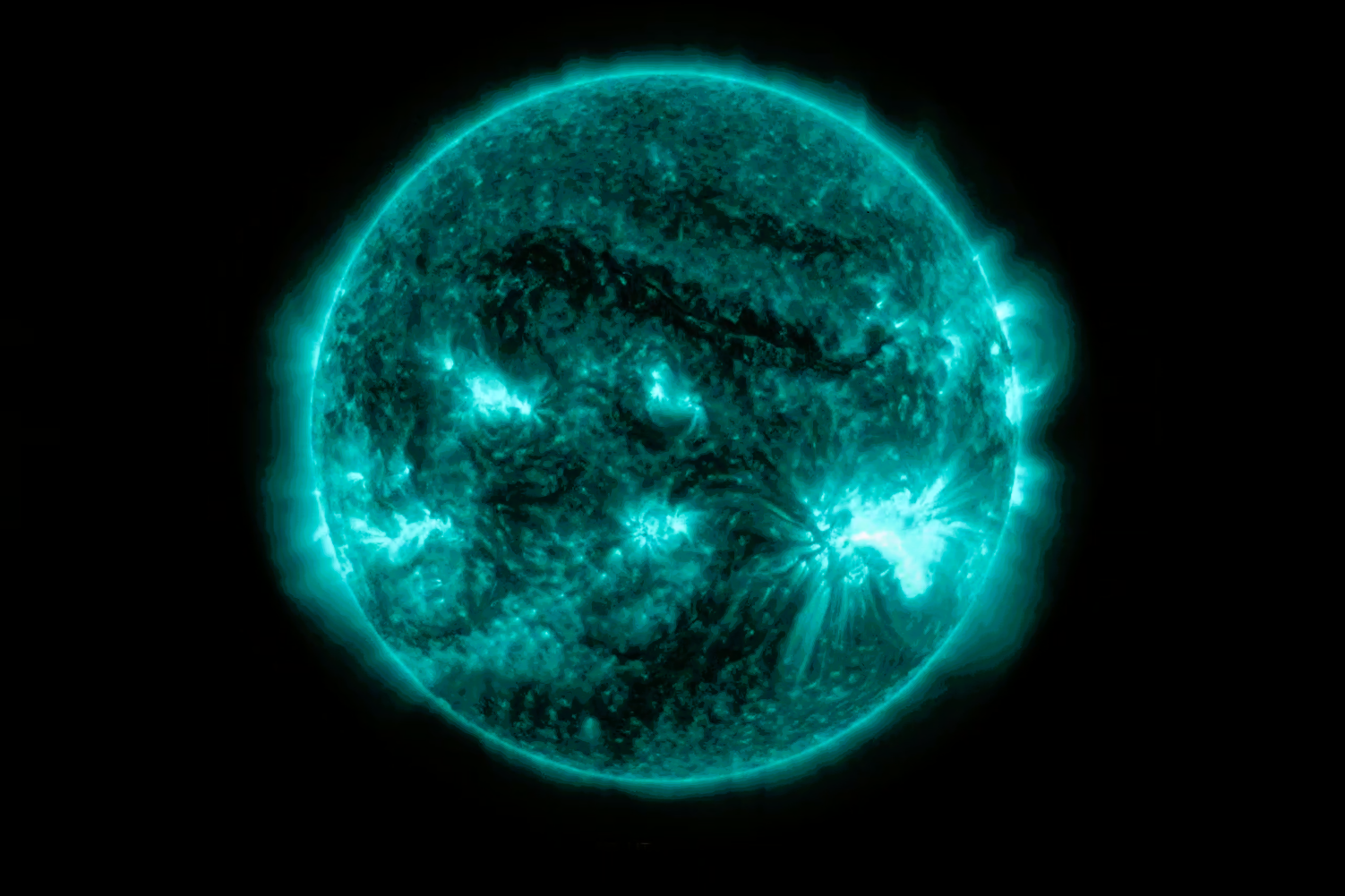Scientists make huge breakthrough in predicting violent solar storms that could destroy technology on Earth
Forecasting space weather could be key to safeguarding our key infrastructure

Scientists say they have made significant breakthroughs in predicting the kind of solar storms that could destroy technology on Earth.
The new research will allow them to be forecasted in with better accuracy than ever before – and even before they have actually left the Sun.
For decades, scientists have warned that a coronal mass ejection, or CME, could come out of the Sun and do substantial damage to our infrastructure both on Earth and above it in our satellites. While we have only seen relatively limited destruction from such space weather, researchers point to the “Carrington Event” in 1859, a solar storm that if it arrived today could cause power and communications blackouts.
Now researchers from Aberystwyth University who presented their work at the Royal Astronomical Society’s National Astronomy Meeting say that their improved predictions of when such CMEs may erupt could allow us to protect that infrastructure in the case of damaging solar storms.
It means that researchers will be able to predict the exact speed it is travelling at and when it will arrive. That in turn will allow for better advance warnings of when a solar storm is coming and how and when it might hit.
The breakthrough came after looking at parts of the Sun called “active regions”, which have strong magnetic fields. It is in those that CMEs are born, and researchers watched how they change before, during and after one erupts.
They found that they could predict CMEs better by looking at the “critical height” of those regions – the point at which the magnetic field becomes unstable and then can spit out a CME.
“By measuring how the strength of the magnetic field decreases with height, we can determine this critical height,” said lead researcher Harshita Gandhi, a solar physicist at Aberystwyth University.
“This data can then be used along with a geometric model which is used to track the true speed of CMEs in three dimensions, rather than just two, which is essential for precise predictions.”
She added: “Our findings reveal a strong relationship between the critical height at CME onset and the true CME speed.
“This insight allows us to predict the CME’s speed and, consequently, its arrival time on Earth, even before the CME has fully erupted.”
Join our commenting forum
Join thought-provoking conversations, follow other Independent readers and see their replies
Comments
Bookmark popover
Removed from bookmarks